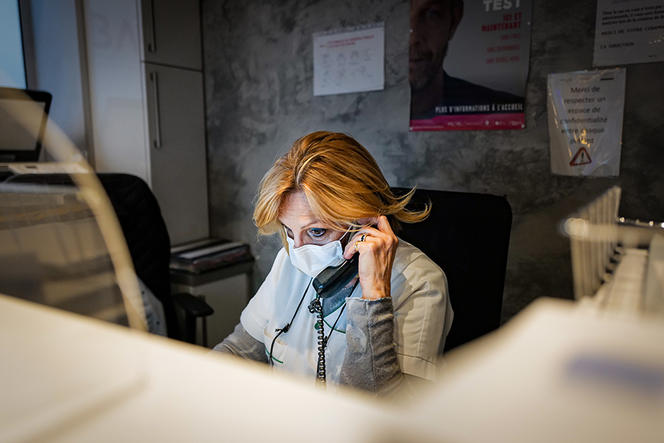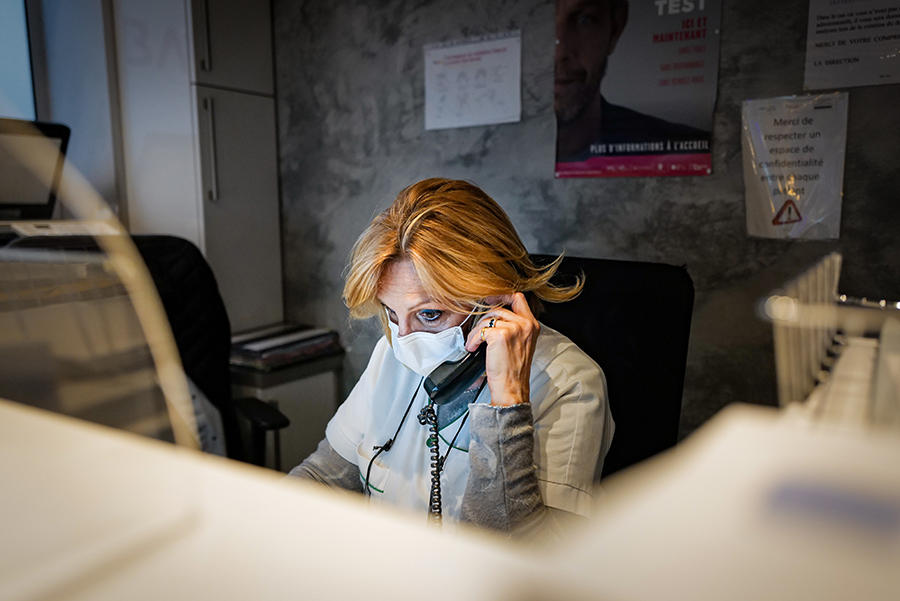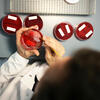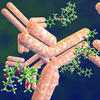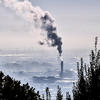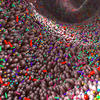You are here
Protective Mask Recycling Offers Promise
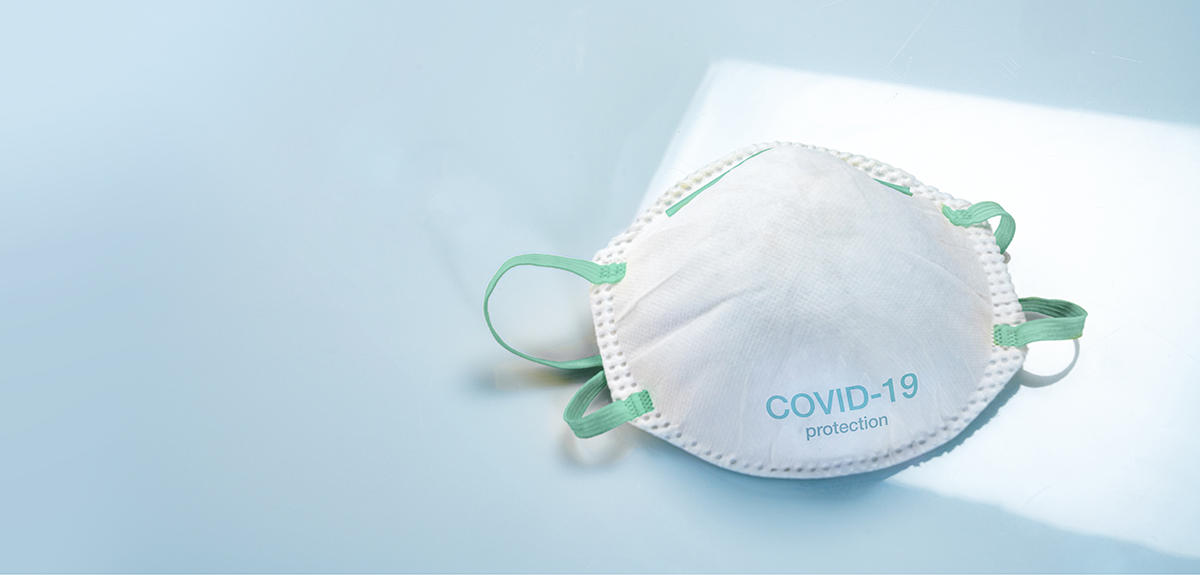
The Covid-19 epidemic has revealed the urgent need for more protective masks. In this context, you have formed a task force to study the possibility of reusing them. How would this work?
Philippe Cinquin:1 What we call surgical masks, 2 which are designed to prevent the wearer from spewing nasal and throat secretions into the air, and FFP2 filtering facepieces2, which protect the wearer against the risks of inhaling airborne infectious agents, must be disposed of after only a few hours of use.
In the current situation, to enable everyone to wear surgical masks in order to protect others in social interactions, or in the hypothesis of a mask shortage in hospitals (which fortunately is not yet the case), we wondered whether it would be possible to define a protocol for recycling them. The aim is to eliminate the viral load after the first use while guaranteeing the same performance level as a new mask.
In concrete terms, what do you propose?
P.C.: Several avenues are being investigated. As part of an interdisciplinary consortium of physicians, scientists and manufacturers formed by the CNRS, the INSERM the French Alternative Energies and Atomic Energy Commission (CEA), the Agency for Food, Environmental and Occupational Health & Safety (ANSES) and a number of universities and university hospitals, we are now exploring the comparative advantages of washing with a detergent at 60 or 95°C, autoclaving at 121°C for 50 minutes, gamma or beta radiation, exposure to ethylene oxide, and heating at 70°C in dry or moist heat or in water.
Launching such a programme in the middle of a lockdown must not have been easy!
P.C.: It certainly wasn’t! But everything was set up very quickly through a series of contacts among the various members of the consortium. It all started on 4 March when Caroline Landelle, my hygienist colleague at the Grenoble-Alpes University Hospital Centre (CHUGA) asked me if there was any way to reduce the viral load in a mask.
At first, I thought about gamma radiation, a process that uses very-high-energy photons, which we had resorted to in a project on glucose biobatteries for supplying power to implantable medical devices. I therefore contacted my colleague Laurent Cortella at the CEA in Grenoble, a specialist in ionising radiation who had developed the protocol for sterilising our biobattery, and the project was underway!
Concretely, the Hygiene Department of the CHUGA, with methodological assistance from the Nancy Clinical Investigation Centre – Innovative Technology (CIC-IT) laboratory, started by defining a process for collecting used masks, which we then vacuum-compacted in the P3 Laboratory of the hospital’s Virology Department. On 19 March, the first “parcel” was ready and radiation testing began the next day. In parallel, we gathered information on the composition of the masks, which allowed our colleagues at the CEA-Saclay and the CERMAV3 to start working on the consequences of radiation on the component materials, in this case polypropylene.
Based on recommendations from Sandrine Chazelet of the French National Research and Safety Institute (INRS) in Nancy (northeastern France), Laurence Le Coq of the GEPEA4 set up a first test bed that closely matched the conditions applicable to surgical mask standards, in order to test their post-treatment performance. Lastly, with the Bacteriology Department of the CHUGA, we established a procedure to test the effectiveness of our disinfection protocols for reducing the bacteria present in the masks.
Lastly, Nathalie Heuzé-Vourc’h and Mustapha Si-Tahar at the Research Center for Respiratory Pathologies (CEPR), along with Louis Bernard of the Tours university hospital (central France) have coordinated a parallel study bringing together their respective establishments, which has revealed promising possibilities for the recycling of surgical and FFP2 medical protection masks using moist heat.
At the same time, have other possibilities emerged for treating masks?
P. C.: As soon as we began the radiation trials, the potential need to expand to a scale compatible with public health requirements prompted us to contact Ionisos, an industrial specialist in gamma sterilisation, but also beta radiation (using electron beams) and ethylene oxide treatments. We sent them some masks for testing these three decontamination methods, which are known for their virucidal as well as bactericidal action.
Similarly, other discussions led us to envisage autoclaving, a well-known sterilisation process that exposes the masks to a temperature of 121°C. We also considered dry or moist heat at 70°C, which, judging from the literature, we believed should be hot enough to destroy the virus. This last possibility has been a particular focus for our colleagues in Tours and at the ANSES. Finally, it was very important to test the effects of washing on the facepieces’ performance. In addition to the virucidal action of the other processes, washing actually helps eliminate organic residues that can form protective layers around pathogens, reducing the effectiveness of the decontamination protocols.
Have you reached any preliminary conclusions at this point?
P. C.: For surgical masks, we have shown that they maintain their performance level after washing at temperatures up to 95°C. We have also had good results with autoclaving and gamma radiation. To be precise, we have noted a less than 2% loss in filtration efficiency, which means that the best quality masks, used and treated, perform better in the tests than unused ones of lesser quality.
Concerning FFP2 respirators, the first results obtained by the Apave agency in Grenoble (southeastern France) show that ethylene oxide treatment does not hinder performance, while gamma radiation apparently does. Lastly, Olivier Terrier of the International Centre for Infectiology Research (CIRI)5 and our colleagues in Tours have just demonstrated that dry heat at 70°C is very effective for destroying a calibrated viral load deposited on surgical and FFP2 masks.
What’s the next step for this project?
P. C.: In the days to come, we will be testing the combination of washing and other disinfection methods. New test beds, at the Reaction and Process Engineering Laboratory (LRGP)5 in Nancy (northeastern France) and the CEA-Grenoble, will be used to test the performance of surgical masks, and our CIC-IT colleagues at the Nancy University Hospital Centre will explore ways of increasing our capacity to collect used masks. Moreover, we just joined ReUse, an international task force that is working on exactly the same topics, and we are going to share all of our results.
Besides, the challenge for the week to come will be to define the best treatment method for the two types of mask and initiate crossover studies to verify that the decontaminated facepieces are as effective as new ones. It will be important to select the method that is best suited for large-scale use, first of all for the general population, but also for the professions that are exposed to the virus, or even in the case of a dire shortage for healthcare personnel. For example, while a hospital can perform its own autoclave treatments, radiation or ethylene oxide exposure would require a more centralised process.
Clearly, it’s a matter of defining, with the help of hygiene and infectious disease specialists, a complete circuit that meets requirements, under conditions that guarantee everyone’s safety throughout the entire chain, from collection to processing to the reuse of the masks. To address these issues, we have joined a newly-formed inter-ministerial task force, which has enabled us to identify hydrogen peroxide gas, ultraviolet C radiation, or even oxygen plasma as other possible disinfection agents. We are now going to test them with the tools and methodology that we have developed.
Participants in the consortium:Philippe Cinquin (TIMC (CNRS-UGA-G-INP-VetagroSup)/ CIC-IT1406 (Inserm/DGOS/Grenoble UHC/ Université Grenoble Alpes)), Jean-Pierre Alcaraz (TIMC), Caroline Landelle (TIMC /Hygiene Department, Public Health Division, CHUGA), Catherine Guimier-Pingault (Sterilisation Department, Pharmacy Division, CHUGA), Laurent Cortella (ARCNUCLEART, CEA-Grenoble / NIMBE, CEA, CNRS, Université Paris-Saclay, CEA Saclay / DES - Service for the Study of Radionuclide Behaviour (SECR), CEA, Université Paris Saclay), Laurence Le Coq (IMT Atlantique, GEPEA), Aurélie Joubert (IMT Atlantique, GEPEA), Yves Andrès (IMT Atlantique, GEPEA), Sandrine Chazelet (INRS Nancy), Sophie Rouif (IONISOS & STERYLENE), Muriel Ferry, Sylvaine Le Caër and Stéphane Esnouf (ARCNUCLEART, CEA-Grenoble / NIMBE, CEA, CNRS, Université Paris-Saclay, CEA Saclay / Des-Service for the Study of Radionuclide Behaviour (SECR), CEA, Université Paris Saclay), Laurent Heux (Cermav), Jean-Paul Brion (PUMA), Olivier Epaulard (PUMA), Sophie Silvent, Isabelle Bourdry and Maud Barbado (CIC-IT1406), Valentin Paran (TIMC), Théophile Tiffet (TIMC, CIC-IT406), Max Maurin (Bacteriology Department, CHUGA), Olivier Terrier (VirPAth team, Centre International de Recherche en Infectiologie (CIRI), INSERM/ CNRS/ENS Lyon/ Université Claude Bernard Lyon 1), Patrice Morand, Pascal Poignard and Raphaële Germi (Virology Department, CHUGA), Daniel Garin (ARTELIA), Abdelaziz Bakri, Nawel Khalef and Joël Gaffé (TIMC), Camille Ducki (Health Research and Innovation Department, CHUGA), Jean-Michel Nguyen (Nantes UHC), Yves Dubief (LEGI, CNRS-UGA), Dominique Thomas (LRGP, CNRS/Université de Nancy), Marine Beaumont (CIC-IT1433, INSERM-CHU Nancy), Jacques Felblinger (CIC-IT1406), Jean-Luc Bosson and Alexandre Moreau-Gaudry (TIMC and CIC-IT1406).
- 1. Laureate of the CNRS Innovation Medal in 2013, Philippe Cinquin is a professor of public health (medical data processing), a hospital practitioner, and director of the TIMC-IMAG (Techniques de l’Ingénierie Médicale et de la Complexité – Informatique, Mathématiques et Applications de Grenoble – CNRS / Université Grenoble Alpes / Grenoble Institut National Polytechnique / VetagroSup). He is also co-director of the Clinical Investigation Centre for Innovative Technology Network (CIC-IT1406 – Inserm / DGOS / Grenoble UHC / Université Grenoble Alpes).
- 2. Equivalent to the N95, KN95, P2, DS and KF94 respirators used outside Europe.
- 3. Centre de recherches sur les macromolécules végétales (CNRS).
- 4. Génie des Procédés Environnement -Agroalimentaire (CNRS / Université de Nantes / Oniris Nantes / IMT Atlantique).
- 5. CNRS / Université de Lorraine.
Author
Born in 1974, Mathieu Grousson is a scientific journalist based in France. He graduated the journalism school ESJ Lille and holds a PhD in physics.


